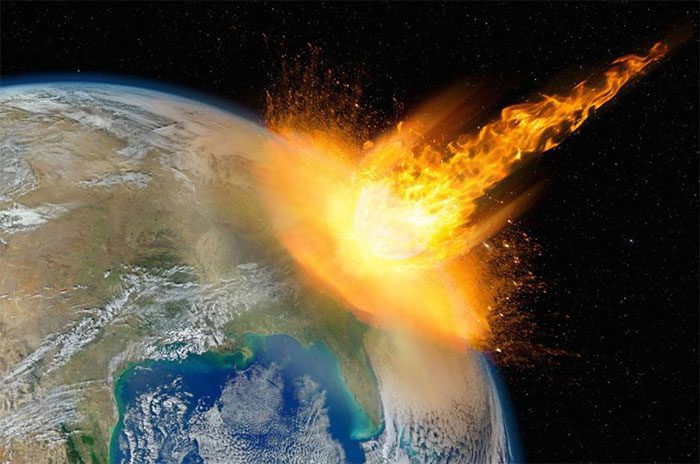Every year, approximately 55 tons of meteorites collide with Earth, with around 2-3 tons falling in Russia, according to a leading Russian scientist.

Meteorite Collision with Earth – (Photo: NASA).
“Out of the 55 tons of meteorites that hit Earth, only 10-15 tons actually reach the ground, while the rest fall into the oceans,” said Dmitry Badyukov, head of the Laboratory of Cosmic Chemistry and Meteorology at the Russian Academy of Sciences, during an interview with the TASS news agency.
According to Badyukov, there are increasingly more meteorites being found in the deserts of Oman and Chile, as well as in the glaciers of Antarctica.
“The good thing about Oman is that there is no sand. It is a coastal area where monsoon winds blow all the sand away, creating a smooth rock surface where meteorites gradually accumulate,” the scientist explained the appeal of the area for meteorite hunters.
He noted that this is also true for Chile, where there is very little sand.
The glaciers in Antarctica are also places where scientists find many space objects that have fallen to Earth. The researcher revealed that there are green ice areas that also accumulate meteorites.
In Russia, notable areas include Chelyabinsk and the Sikhote-Alin range.
Ten years ago, in 2013, a large meteorite entered Earth’s atmosphere and exploded over the Chelyabinsk region. As a result, the meteorite was named Chelyabinsk. This is the largest space object to fall to Earth in the 20th and 21st centuries.
The meteorite entered Earth’s atmosphere, causing a massive explosion at an altitude of 20 km, with many fragments raining down over a vast area in Chelyabinsk.
The largest fragments of the meteorite fell in the suburbs of Lake Chebarkul, located 78 km west of Chelyabinsk. The shockwave and meteorite debris damaged around 7,300 buildings.


















































